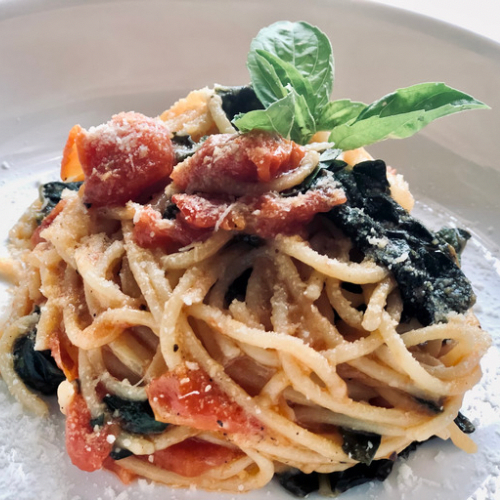

Welcome to becoming a homesteader right in your own backyard! It’s time to embrace the sustainable living trend with a project that benefits your health, your wallet, and Mother Earth herself no matter the size of your yard. Creating a sustainable backyard garden is not just a rewarding pastime; it’s a step towards self-sufficiency and environmental responsibility. Whether you’re a culinary enthusiast seeking the freshest ingredients for your Rustic Summer Pasta or a nature lover aiming to reduce your carbon footprint, this guide will walk you through the essentials of crafting a garden that’s both bountiful and eco-friendly.
Understanding Sustainable Gardening
Sustainability in gardening is about more than just growing plants; it’s an approach that considers the ecological cycle and works in harmony with it. A sustainable backyard garden not only provides a source of organic produce but also contributes to the wellbeing of the local ecosystem. Here are some principles to keep in mind:
- Utilizing organic, non-GMO seeds ensures the health of your soil and produce.
- Implementing companion planting can naturally ward off pests and improve plant health.
- Conserving water with methods like drip irrigation or rainwater harvesting reduces waste.
- Composting kitchen scraps turns waste into valuable organic fertilizer.
- Recycling garden waste minimizes landfill contributions and enriches your soil.
Designing Your Garden Layout
The design of your sustainable backyard garden should be a reflection of your space, sunlight availability, and the types of food you enjoy in your recipes. Consider raised beds to improve drainage and prevent soil compaction, and always select a spot with ample sunlight—at least six hours a day for most vegetables. When planning, think about the seasonality of your crops to maintain a year-round harvest that can be showcased in dishes such as Mediterranean Stuffed Chicken or Spring Vegetable Ragout.
Companion Planting
Companion planting is a time-honored method to maximize space and enhance your garden’s productivity. By planting certain combinations, you can deter pests, attract pollinators, and even improve the flavor of your produce. For example:
- Plant basil near tomatoes for a natural pest deterrent.
- Grow marigolds among your vegetables to attract pollinators and repel nematodes.
- Nasturtiums can be used as a trap crop for aphids, protecting other plants.
Maintaining Your Garden
Once your garden is planted, regular maintenance is key to its sustainability. This includes mulching to retain moisture, pruning to encourage growth, and rotating crops to prevent soil depletion. Being vigilant about organic pest control methods will help keep your plants healthy without the need for harmful chemicals. Additionally, integrating a community-supported agriculture (CSA) mindset, where you share your surplus with neighbors or local food banks, can foster a sense of community and reduce food waste.
Water Conservation
Water is a precious resource, and conserving it is a cornerstone of sustainable gardening. Techniques such as drip irrigation deliver water directly to the plant roots, minimizing evaporation and runoff. Collecting rainwater in barrels is another effective strategy, and it’s also better for your plants as rainwater is naturally soft and free of chlorine and other chemicals found in tap water.
In conclusion, establishing a sustainable kitchen garden aligns perfectly with our ethos of “Bringing The Farm To You”. It’s a step towards a healthier lifestyle and a commitment to preserving our planet. By incorporating these sustainable practices, you can enjoy the freshest ingredients right from your garden to your table, complementing the delicious offerings found in our marketplace and enriching the recipes shared within our food-oriented community. Happy gardening!





























